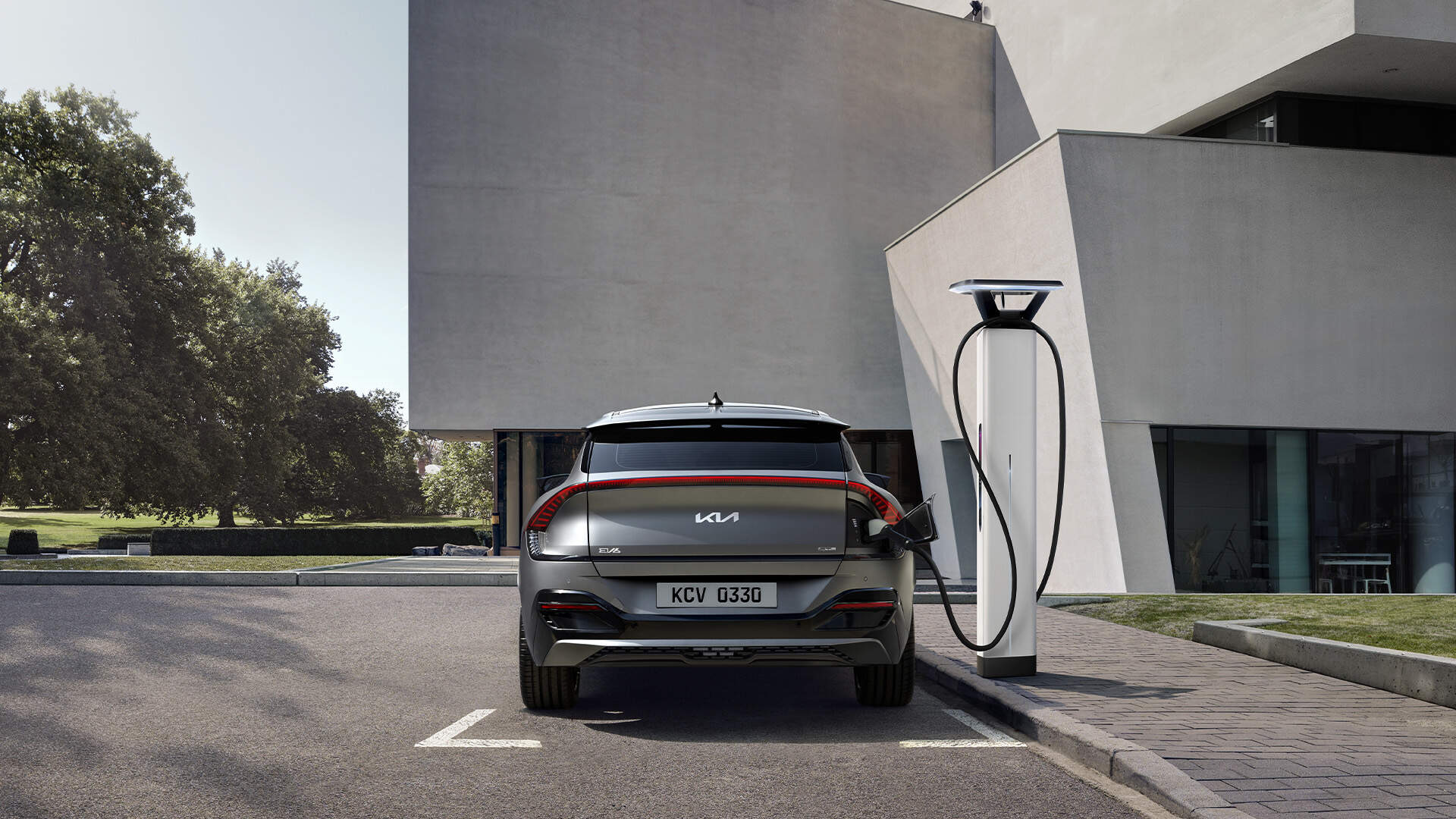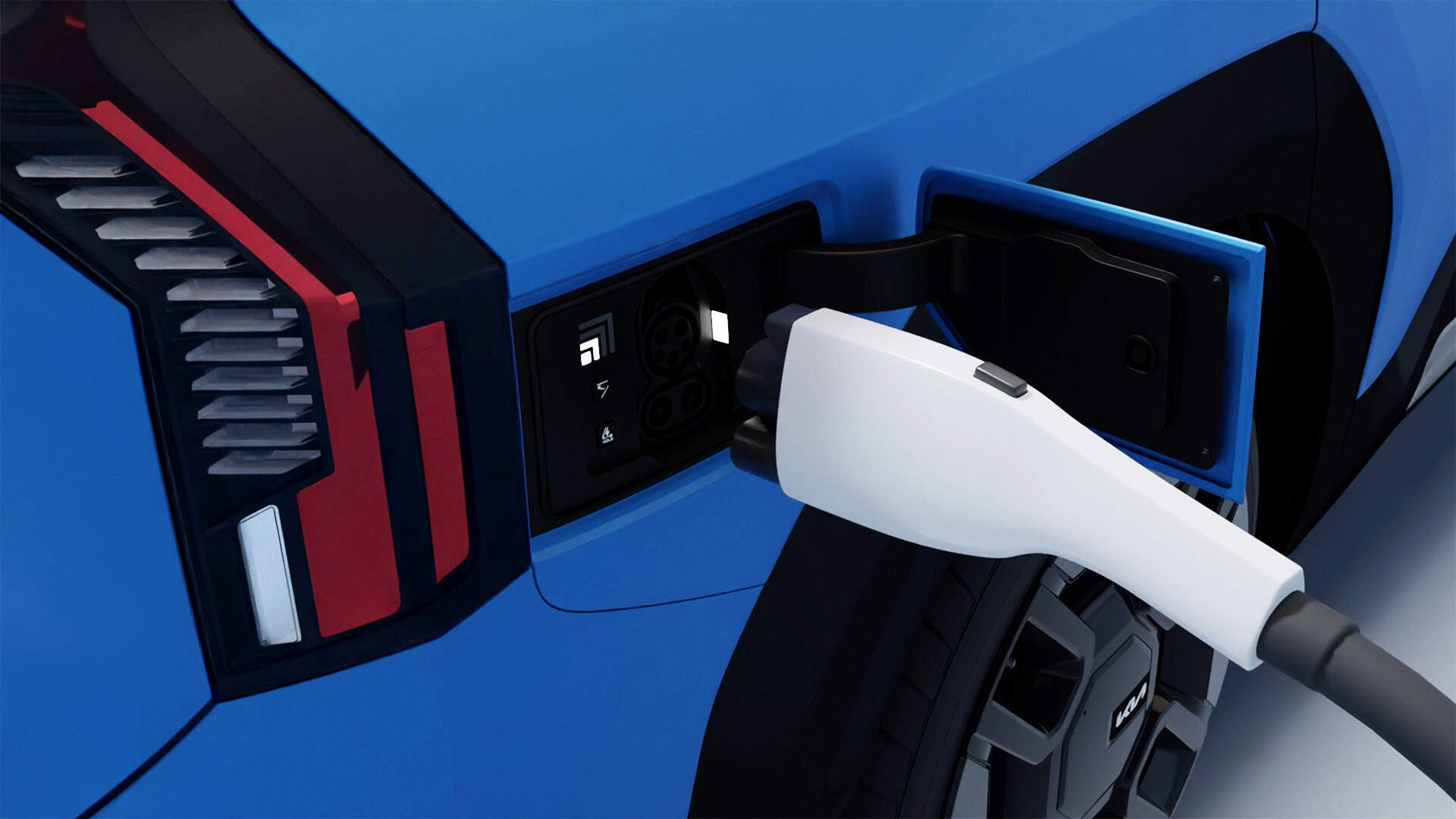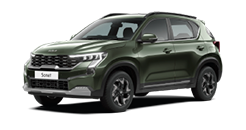open menu
EV Experience

Public Charging
Experience the ease and speed of public charging

AC & DC Charging
As public charging infrastructure continues to expand in cities, provinces, roads, parks, workplaces, and shopping malls, you can now go on long drives without any anxiety. Simply click the button below to find the nearest EV charging station or one that is conveniently located on your route.

AC Charging: Charging at 3 kW to 22 kW
AC charging is a popular and common charging method for electric vehicles. It is most ideal to charge at home or at work, as it typically takes longer than DC charging. AC charging stations are also available in public areas such as workplaces, roadside, and convenience stores.

DC Charging: Charging at 50 kW to 200 kW
The fastest way to charge your EV - at a public DC fast charging station with 50 kW or more of power. With this method, you can top up your battery from 20% to 80% in approximately 40 minutes.
How to Use a Charging Station

- * Each charger type has an associated set of connectors which are designed for low or high-power use, and for either AC or DC charging. But in practice, you only need to make sure you’re using a charging point with a connector that fits your electric vehicle. While your location, connectors and charging time may vary, the principle is always the same simple one: Park up, plug in … and that’s it!
FAQ
-
First, park your EV in a location that allows easy access to the charging port and open the port. Next, connect the appropriate charging connector to the port and select the desired charge amount. You can then pay for the charge using a credit card, debit card, or charging application. After the charging is complete, simply disconnect the connector and return it to its original place.
-
Kia EVs can be charged using both AC and DC charging methods. AC charging is available at home and public charging stations, while DC charging is only available at public charging stations due to its fast charging speed. Charger types may vary by region and country. For AC charging, Type 1/Type 2 chargers can be used, while CCS 1/CCS 2 chargers can be used for DC charging.
-
Public charging stations typically limit fast charging time to around 40 minutes because the charging speed slows down significantly once the battery reaches 80% or more. This helps multiple EV owners charge their vehicles conveniently while minimising waiting times.
-
Slow charging charges the battery at a constant rate slowly, but charging rate is cheaper and it helps prolong battery life though. On the other hand, fast charging charges the battery quickly, but the charging rate is more expensive and can affect the battery life if done frequently.
-
It is advised to avoid overcharging (more than 80%) and overdischarging (less than 20%) to prolong the battery's lifespan. Keeping the State of Charge (SoC) between 30% and 70% is also recommended for optimal battery usage.
-
The charging rate is determined by the rate per 1 kW and may slightly differ based on the charging speed (slow/fast) and charging duration. Typically, slow charging is less expensive than fast charging.
More Support is Available










